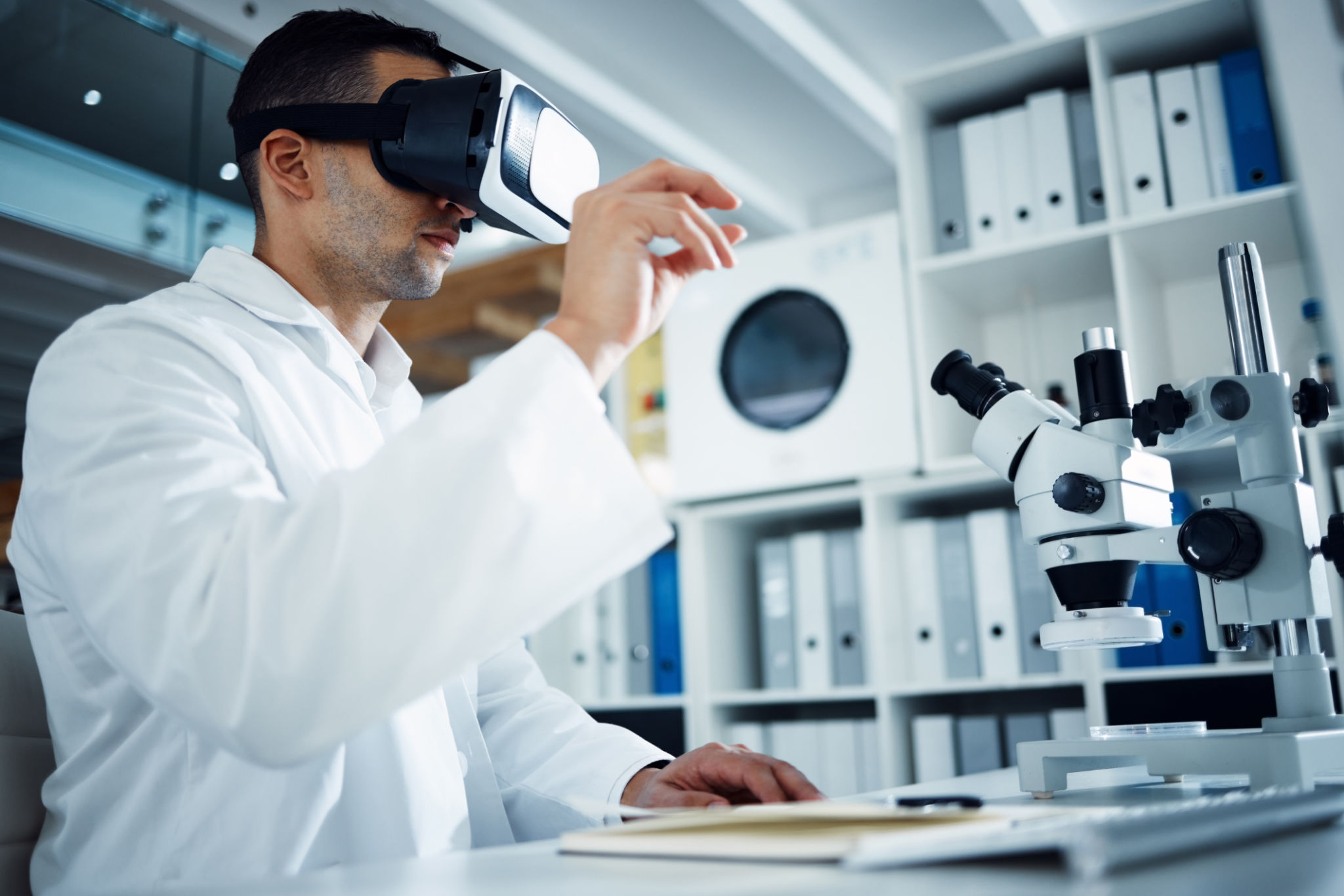Understanding Organoid Electrical Stimulation: A Comprehensive Guide
Introduction to Organoid Electrical Stimulation
Organoid electrical stimulation is an emerging field that combines the complexity of biological systems with cutting-edge technology. By incorporating electrical signals into organoid research, scientists can explore new dimensions of cellular behavior and tissue development. This comprehensive guide will delve into the fundamentals of organoid electrical stimulation, its significance, and its future potential in medical research.

What Are Organoids?
Organoids are three-dimensional, miniaturized, and simplified versions of organs, grown in vitro from stem cells. They mimic the structure and function of real organs, providing researchers with an invaluable tool to study developmental biology and disease. Organoids can be created for a wide range of organs, including the brain, liver, and intestines.
The ability to study organoids offers numerous advantages, such as the reduction of animal testing and the ability to observe human-specific responses. However, traditional organoid models lack a crucial component: the integration of electrical activity.
The Role of Electrical Stimulation
Electrical stimulation plays a vital role in normal organ function. For instance, the heart relies on electrical signals to maintain its rhythm, while the brain uses them to transmit information. By applying electrical stimulation to organoids, researchers can replicate these physiological conditions and observe how cells respond to electrical cues.

Applications in Medical Research
Incorporating electrical stimulation into organoid research opens up a world of possibilities. Here are some potential applications:
- Neuroscience: Studying brain organoids with electrical stimulation can provide insights into neural networks and neurological disorders.
- Cardiology: Heart organoids can be used to investigate arrhythmias and other cardiac conditions.
- Drug Testing: Organoids with integrated electrical stimulation can offer more accurate models for testing pharmaceuticals.
Challenges and Considerations
Despite its potential, organoid electrical stimulation is not without challenges. Ensuring the proper integration of electrodes without damaging the organoid structure requires precision. Additionally, researchers must carefully calibrate the electrical parameters to mimic natural conditions accurately.

Ethical considerations also play a role, as the complexity of organoids increases. As with any emerging technology, maintaining transparency and adhering to ethical guidelines is crucial for responsible research.
Future Directions
The future of organoid electrical stimulation is promising, with ongoing advancements in technology and methodology. As researchers continue to refine techniques, the potential for breakthroughs in understanding complex diseases and developing personalized medicine grows exponentially.
Collaborations between multidisciplinary teams, including biologists, engineers, and ethicists, will be vital in overcoming current limitations and pushing the boundaries of what organoid research can achieve.
Conclusion
Organoid electrical stimulation represents a significant step forward in biomedical research. By bridging the gap between biology and technology, it offers unprecedented opportunities to explore cellular behavior and organ function. As the field evolves, it will undoubtedly contribute to transformative discoveries and innovations in medicine.
